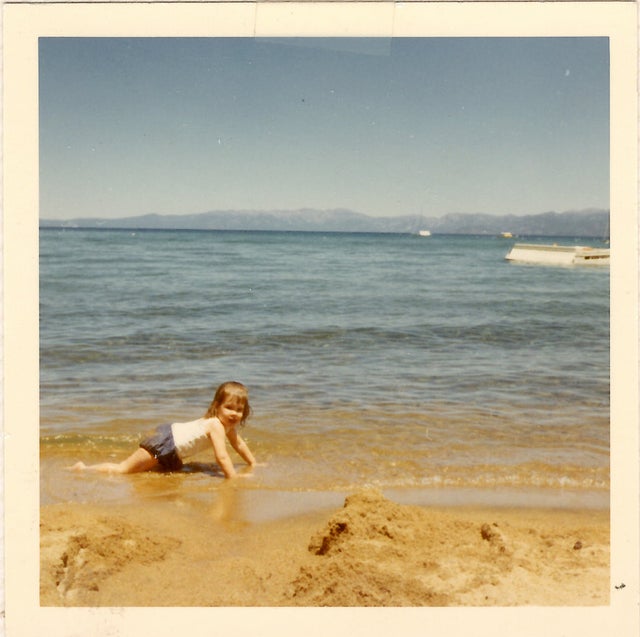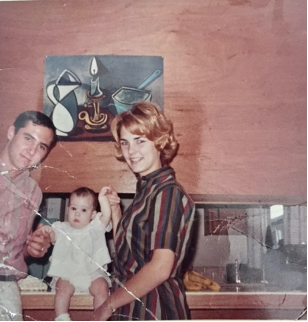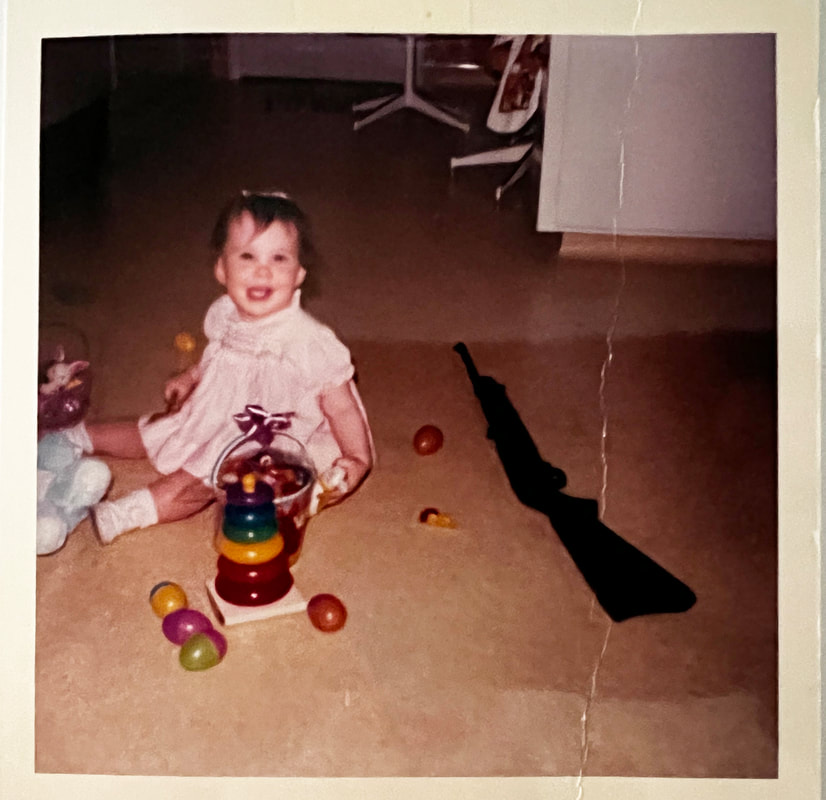Twenty Ways of Looking at a Photograph--Enhancing Not Just Your Memory--But Your Memoir--By Writing About Photographs
SKU:
$150.00
$150.00
Unavailable
per item
NEXT DATES TBA--SIGN UP FOR NOTIFICATION
Going through old photos is a tried and true way of enhancing our memory. While memory can be fickle and flighty, photographs are hard proof, a memoirist’s first-hand archival evidence that this thing happened in this place to these people at this time. What we have forgotten, we may remember when we see it in a photograph.
Though they may literally capture only one split second in the present time when the photograph was taken, photographs contain stories that stretch back into the past, speak more broadly about what was happening--or not happening—in the present, and point toward a future that was unknowable at the time of the photograph, but knowable now to the memoirist. As such, photographs are three-dimensional memory houses worth exploring for the richness of who and what lives within.
Though they may literally capture only one split second in the present time when the photograph was taken, photographs contain stories that stretch back into the past, speak more broadly about what was happening--or not happening—in the present, and point toward a future that was unknowable at the time of the photograph, but knowable now to the memoirist. As such, photographs are three-dimensional memory houses worth exploring for the richness of who and what lives within.
|
But photographs can be more than a mnemonic device or a research tool for memoirists. We can do more than just study a photo to enhance our memory—we can write about photos to enhance our memoir. This is more than just a way of conveying information to our readers—it is a way of connecting with our readers through a very universal human pursuit: looking at photographs to remember, understand, and know our place within the arc of family, culture, place, time, and history.
In the heart of this workshop, I will share 20 “lenses” upon which to view a photograph, 20 different aspects of an image about which we can write. Then, I will provide powerful and plentiful examples from popular memoirs in which the author mines a photograph for both its surface and its below-the-surface meaning, using any combination of these 20 techniques.
|
Father, Baby Jennifer, Mother
A Picture That Paints a Thousand (Awkward) Words |
I’ll also cover:
- The ethics of using or describing a photograph that contains other people
- The question of whether to include the actual photograph in your memoir, including where to include it, and considerations publishers might have about the inclusion of photographs
- Ways to set up or transition into a description of a photograph
- Describing a photograph—first person or third person? Past tense or present?
- Using a technique called “imaginal remembering” to bring a photograph to life when you are missing vital information about it
- How asking other people about what they remember about a photo, or what they see in a photo, can expand, and even challenge, our understanding or interpretation of it
- Creative ways of writing about photographs that may have been lost, or you may never have seen, or never existed at all
- Web resources for researching the history of photographic techniques and norms during various time periods to bring a cultural/historical perspective to your storytelling
Participants are asked to bring two photographs to the workshop—the first, a photograph of just themselves from any time in their lives, and the second, a photograph of a significant person or event or time period from their memoir.* The second half of the workshop will be dedicated to writing. Working alone, participants will write about one of the photographs using 20 writing prompts based on the 20 ways of looking at a photograph that I’ve provided. Working with a partner on the second image will deepen the process, as the partner acts as a curious companion, asking questions about the photograph, and as a thoughtful witness, sharing what they see in it that we might have missed without an extra pair of eyes.**
|
Jennifer at 9 Months Old—What’s the Story of the Gun On the Floor?
|
As time allows, the workshop will end with some time for a few participants to share their writing and photos, along with insights they gleaned through this process, and any questions that remain.
All participants will leave with 1) a pdf compilation of published examples of writing about photographs, including the ones I present in the workshop and others there wasn’t time to present and 2) the 20 writing prompts based on the 20 ways of looking at a photograph and 3) two pieces of writing based on the photographs they bring to the workshop. *Choose photographs that carry a certain mystery, intrigue, emotional valence, numinosity, beauty or pain; photographs that capture essential qualities and relationships; photographs that may confuse or confound you; photographs that draw you to them, that seem to have something they want to reveal; photographs that capture your attention and arouse your curiosity. **To facilitate this process, the two photographs should be digitized so they can be shared electronically via email with your assigned partner. |


